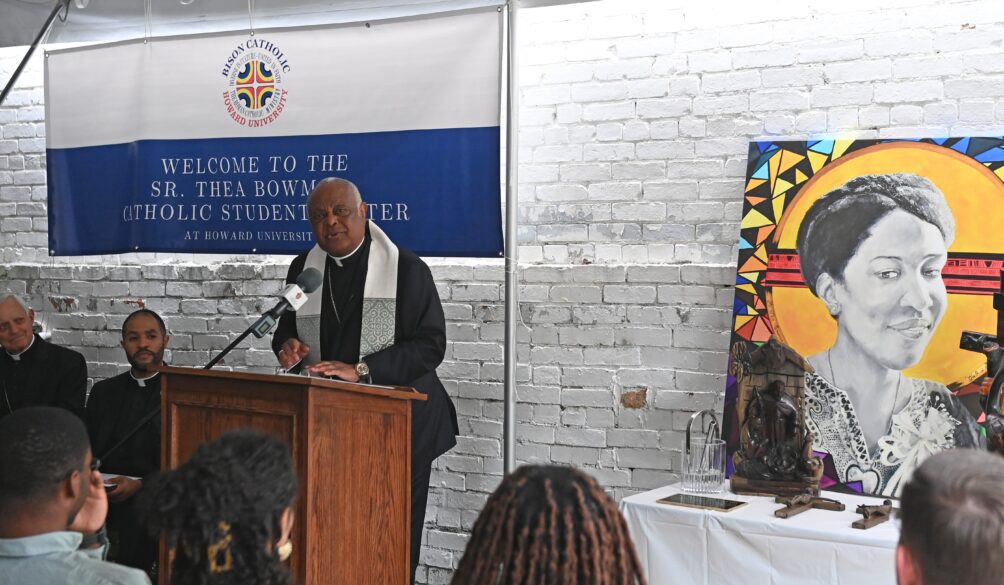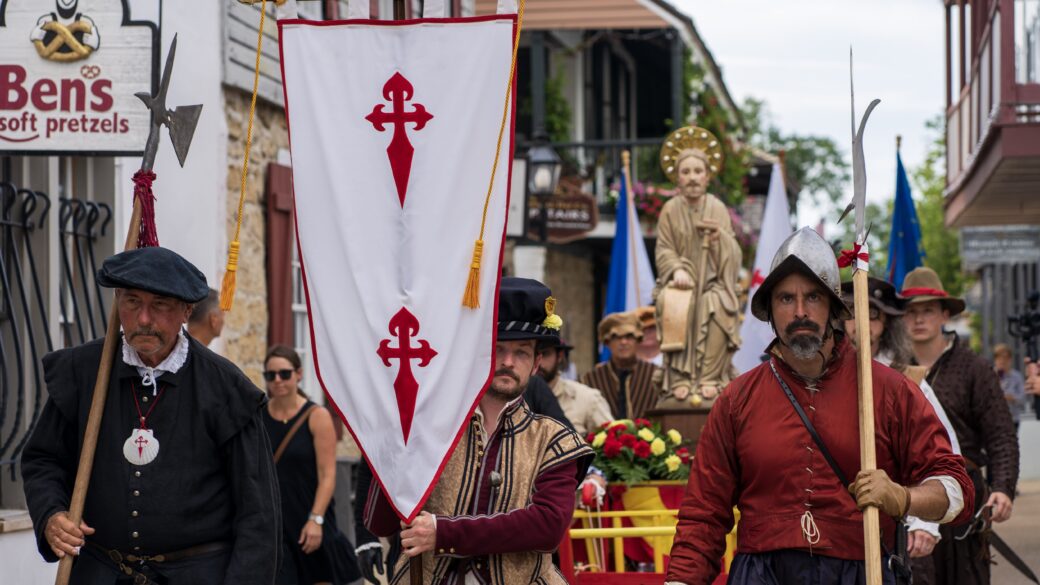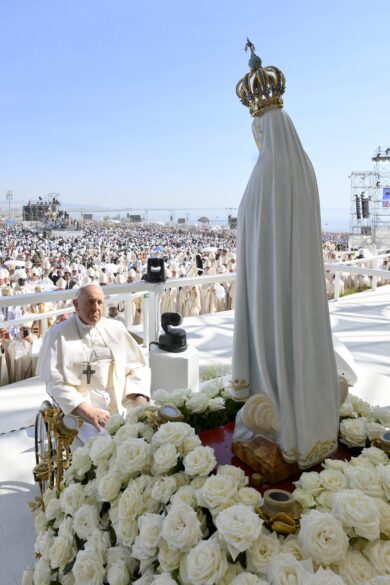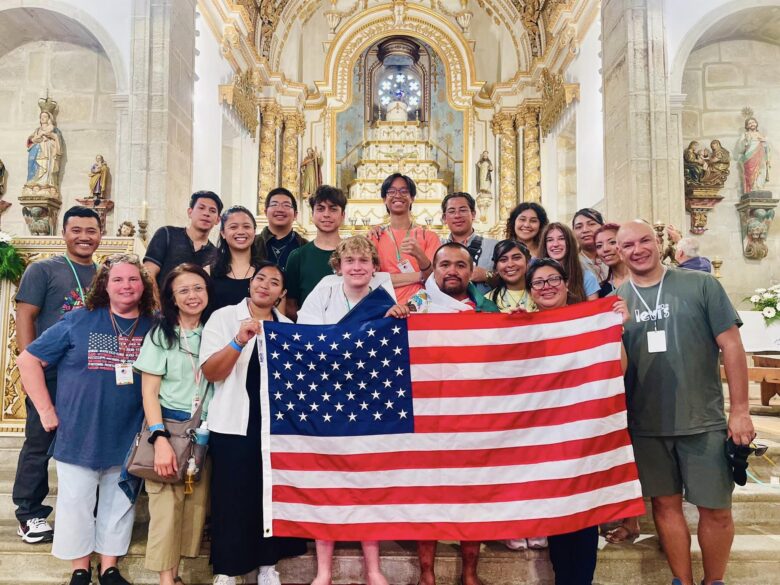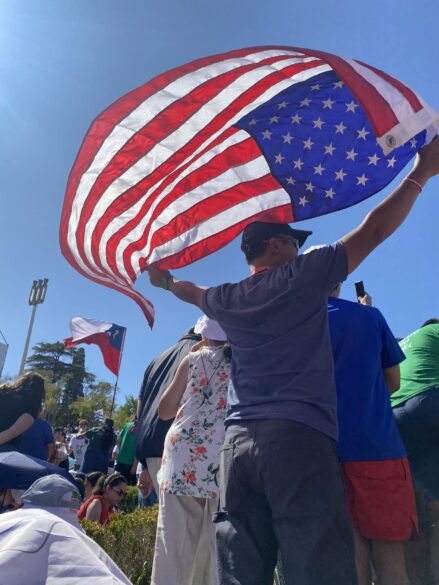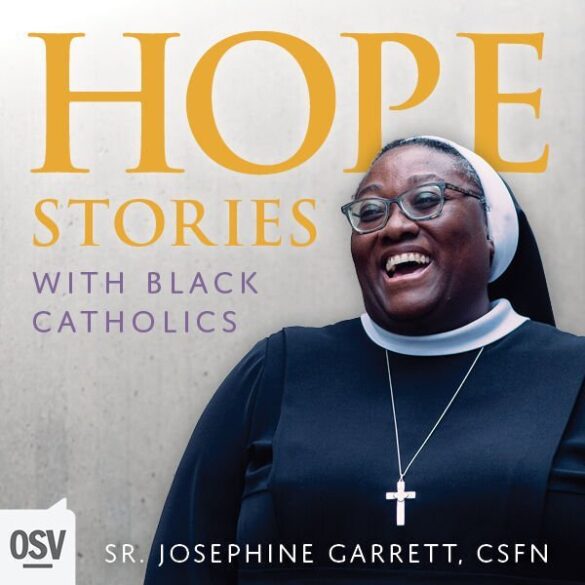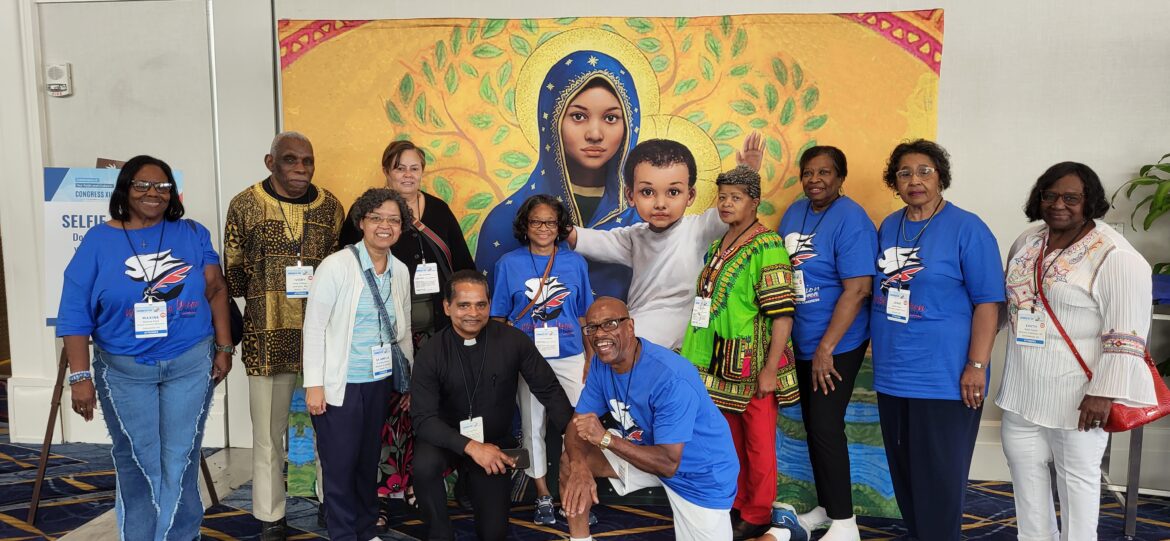NATION
LOS ANGELES (OSV News) – A recent court ruling has become another bend in a “rollercoaster” ride for hundreds of thousands of individuals who arrived in the U.S. as children without legal permission, said an immigration expert. On Sept. 13, a federal judge in Texas found the Deferred Action for Childhood Arrivals program unlawful. DACA was created in 2012 under the Obama administration. According to a March 2023 report by the U.S. Citizenship and Immigration Services of the U.S. Department of Homeland Security, 578,680 people are beneficiaries of DACA. Ilissa Mira, a senior attorney with the Catholic Legal Immigration Network, Inc., or CLINIC, said DACA recipients can continue to file renewal applications and their employment authorizations. She added they will do so “with this thing that’s still gonna continue to loom over their heads – this uncertainty about what will happen to DACA in the long run. So it’s still a situation where the clock is ticking for them.” Carlos Alberto Méndez Velázquez told OSV News he knows that anxiety all too well. The 33-year-old Los Angeles resident, a filmmaker, said he wants the government to give DACA recipients like him a path out of their immigration limbo, especially since he and fellow DACA recipients generate jobs and contribute to the nation’s prosperity.
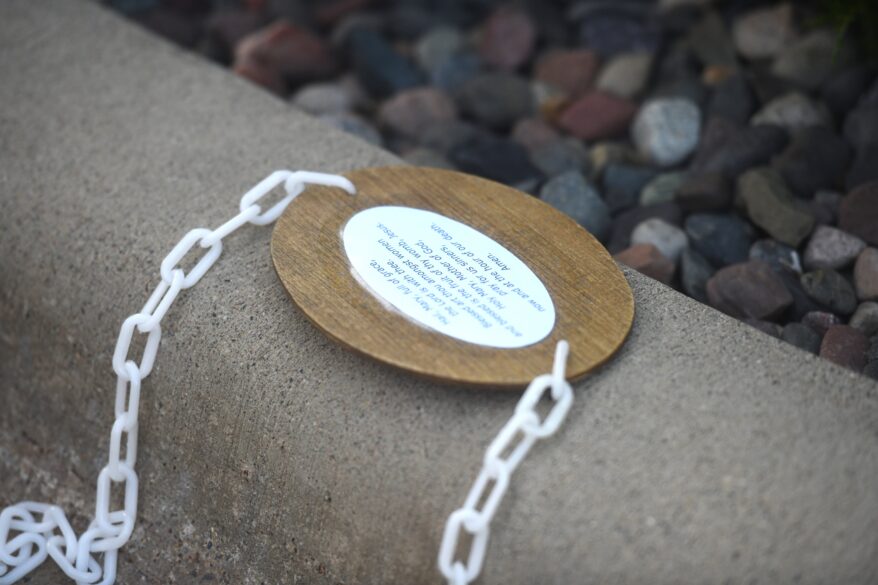
ALBANY, Minn. (OSV News) – Earlier this summer, Jeff Gerads volunteered to construct a giant rosary for the Harvest of Hope Area Catholic Community. When he invited his sons Ethan, 16, and Owen, 12, to help, he could never have known how special that rosary would become. Ethan was killed in a car accident July 21. Now that rosary and the community are helping the family, Jeff and his wife, Melissa, Owen and his sister, Emma, to cope with the loss. People from across the Harvest of Hope community, which includes the parishes in Albany, Avon, St. Martin and St. Anthony, in central Minnesota, gathered Sept. 3 at Seven Dolors in Albany to pray a special living rosary to remember Ethan using the rosary he helped make. Ethan was an usher and an altar server and would have been a junior this year at Albany High School. He grew up seeing his dad pray the rosary while they were hunting and had started bringing his own rosary on hunting trips, Jeff said. “The four parishes each have an identity, but then an event like this happens and we discover something that we hold in common,” said Deacon Steven Koop, who is assigned to the Harvest of Hope community. “And that is how much we love family, how much we respect one another.”
WASHINGTON (OSV News) – The American public’s views of the family are “complicated” and becoming “more pessimistic than optimistic about the institution of marriage and the family,” according to a new report from Pew Research Center. Social and legal changes in recent decades have increased the variety of households in the United States, data shows. A growing share of U.S. adults in recent decades have either delayed or foregone marriage, according to Pew’s analysis of U.S. Census Bureau data. The survey about the future of the country found that when asked about marriage and family, 40% of Americans said they are very or somewhat pessimistic about the institution of marriage and the family. Just 25% are very or somewhat optimistic. Another 29% said they are neither optimistic nor pessimistic. Just 23% of Americans called being married as either extremely or very important to living a fulfilling life, while just 26% said the same of having children. Those trends hold across religious groups. Just 22% of Catholics identified marriage as either extremely or very important to living a fulfilling life; 31% said the same about having children. When asked to rank what factors were extremely or very important for a fulfilling life, most Americans pointed to career satisfaction (71%) and having close friends (61%). Most Catholics ranked having a job or career they enjoy (77%) and having close friends (59%) as extremely or very important to living a fulfilling life.
VATICAN
VATICAN CITY (CNS) – On the recommendation of the Catholic bishops of mainland China in consultation with the Chinese government, Pope Francis has named two bishops from the country’s mainland as members of the assembly of the Synod of Bishops. Bishop Joseph Yang Yongqiang of Zhoucun, who has served as vice president of the government-related Council of Chinese Bishops, and Bishop Anthony Yao Shun of Jining, the first bishop ordained after the Vatican and China signed a provisional agreement on the nomination of bishops in 2018, will be among the 365 synod members, a number which includes the pope, the Vatican said. The Vatican released an updated list Sept. 21 of people expected to participate in the assembly of the Synod of Bishops Oct. 4-19. A list released in July included Cardinal-designate Stephen Chow Sau-Yan of Hong Kong, but no bishop from the Chinese mainland. Bishop Luis Marín de San Martín, undersecretary of the synod, told reporters that 464 people are expected to be involved in the synod, including 54 women participating as full members and 27 women joining as experts, facilitators or special guests.
VATICAN CITY (CNS) – The Vatican urged members of the U.N. Security Council to be “creative and courageous artisans of peace and weavers of constructive dialogue” to find a peaceful solution to the war in Ukraine. Addressing a meeting of the U.N. Security Council in New York Sept. 20, Archbishop Paul R. Gallagher, the Vatican’s foreign minister, said today the “entire international community, more than ever, cannot surrender itself and let this issue pass in silence.” He said “all member states of the United Nations, and especially those of the Security Council, are called upon to join efforts in the search for a just and lasting peace for Ukraine as an important element of the global peace of which the world thirsts.” The Security Council meeting included a speech from Ukrainian President Volodymyr Zelenskyy who criticized the council’s structure which gives five countries the power to veto any council resolution or decision, saying that Russia’s misuse of the veto power is “to the detriment of all other U.N. members.” Archbishop Gallagher did not discuss the subject of veto power, but said it is “undeniable that the Russian attack on Ukraine has jeopardized the entire global order which arose after World War II.”
WORLD
ABUJA, Nigeria (OSV News) – In another chapter of an “evil scheme” plaguing Nigeria, the southern Enugu Diocese asked for prayers for Father Marcellinus Obioma Okide, who was kidnapped Sept. 17. The priest was reportedly abducted on his way to St. Mary Amofia-Agu Affa Parish, where he serves as a parish priest. Six other people who were traveling with him were also kidnapped. In a Sept. 18 release sent to OSV News, Father Wilfred Chidi Agubuchie, the diocesan chancellor and secretary confirmed the abductions, and called on the Christian community to pray for the priest’s safe release and “a change of heart on the part of the kidnappers.” Christians in Africa’s largest nation have become prized targets for terrorist groups such as Fulani herdsmen, according to Emeka Umeagbalasi, chairman of Intersociety, a nongovernmental human rights organization. He said 22 communities and villages have been under the siege of the jihadist Fulani herdsmen and other assembled jihadists since 2022, accusing the government of former President, Muhammaru Buhari of using such Fulani attacks to enhance an agenda of “Islamizing Nigeria.” Johan Viljoen, Director of the Denis Hurley Peace Institute of the South Africa Catholic bishops’ conference told OSV News that “the situation in Enugu is particularly severe. Enugu state shares a border with Benue state, which has been under sustained attack.”
MEXICO CITY (OSV News) – Dominican Brother Obed Cuellar has seen large numbers of migrants arrive daily in the Mexican border city of Piedras Negras, where they plan to cross the Rio Grande into neighboring Eagle Pass, Texas. But there’s still space available in the diocesan-run migrant shelter. “They head straight for the river,” he told OSV News. An estimated 2,200 migrants crossed the Rio Grande into Eagle Pass in the early morning hours of Sept. 18, one of the largest massive crossings on record, according to Fox News. It’s a scene playing at other crossings across the nearly 2,000-mile U.S.-Mexico border as migrants arrive in increasingly large numbers, straining the resources of migrant-assistance organizations and U.S. border patrol officials alike. The U.S. Border Patrol recorded more than 177,000 arrests in August, according to the Washington Post – roughly a 30% increase from the 132,652 migrants detained in July. The sharp increase in arrests followed a jump from 99,539 detentions in June – the month following the end of Title 42, the pandemic-era health provision which allowed for the immediate expulsion of migrants to Mexico. A record number of families also were taken into custody by Border Patrol in August, according to the Post. Analysts say the urge to migrate remains strong – with many people coming from countries such as Venezuela, Nicaragua and Cuba. Some migrants are allowed entry into the U.S. and receive notices to appear in court. But many are sent back to Mexico and transported to destinations in southern states far from the United States border.
LAMPEDUSA, Italy (OSV News) – In front of the Church of St. Gerland on the Italian island of Lampedusa, dozens of migrants lined up Sept. 14 in a neat row, one after the other. The queue was long as they waited patiently. More than 130 Red Cross employees and volunteers were working day and night to provide migrants not only with sanitary assistance, but also with a warm meal. They prepared 5,000 portions at noon and a similar amount for dinner. From Sept. 12 to Sept. 13, 7,000 migrants reached Lampedusa, an Italian island once visited by Pope Francis as his first apostolic trip destination in July 2013. On Sept. 13, authorities said a record number of 120 fragile boats arrived on the island within 24 hours. “If you count all of us here on the island we are just 5,000 inhabitants,” former Mayor Totò Martello told journalists, when, together with other people of goodwill, he rolled up his sleeves and offered the outstretched hand of another refugee a plate of pasta al pomodoro. “There haven’t been that many people here ever before probably,” 80-year-old Salvatore, who only gave his first name, told OSV News, but “at least there is a relative order here close to the church.” So far in 2023, nearly 126,000 migrants have arrived in Italy, almost double the figure by the same time in 2022. Those desperately trying to reach Europe came mainly from Africa’s Guinea, Ivory Coast and Burkina Faso, but also from Bangladesh and Pakistan.

